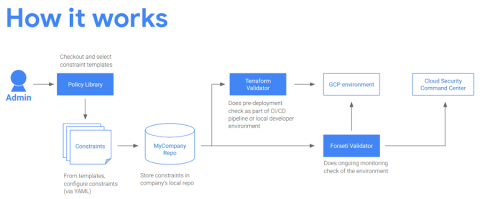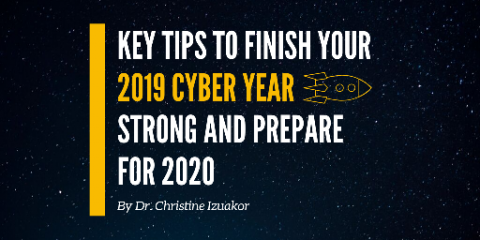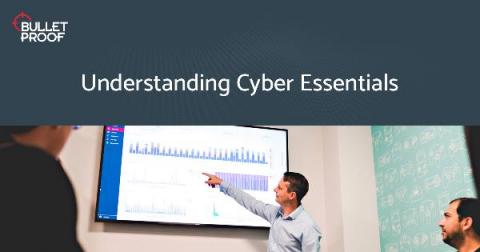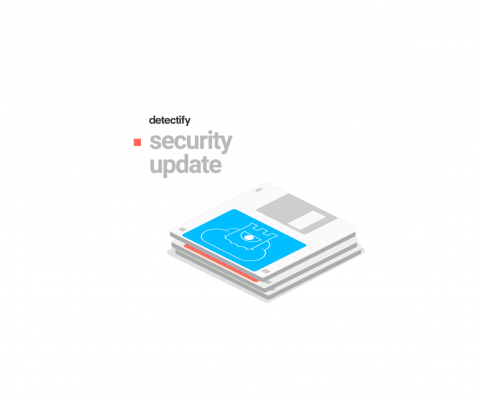Protecting your GCP infrastructure at scale with Forseti Config Validator part two: Scanning for labels
Welcome back to our series on best practices for managing and securing your Google Cloud infrastructure at scale. In a previous post, we talked about how to use the open-source tools Forseti and Config Validator to scan for non-compliant tools in your environment. Today, we’ll go one step further and show you another best practice for security operations: the systematic use of labels.









